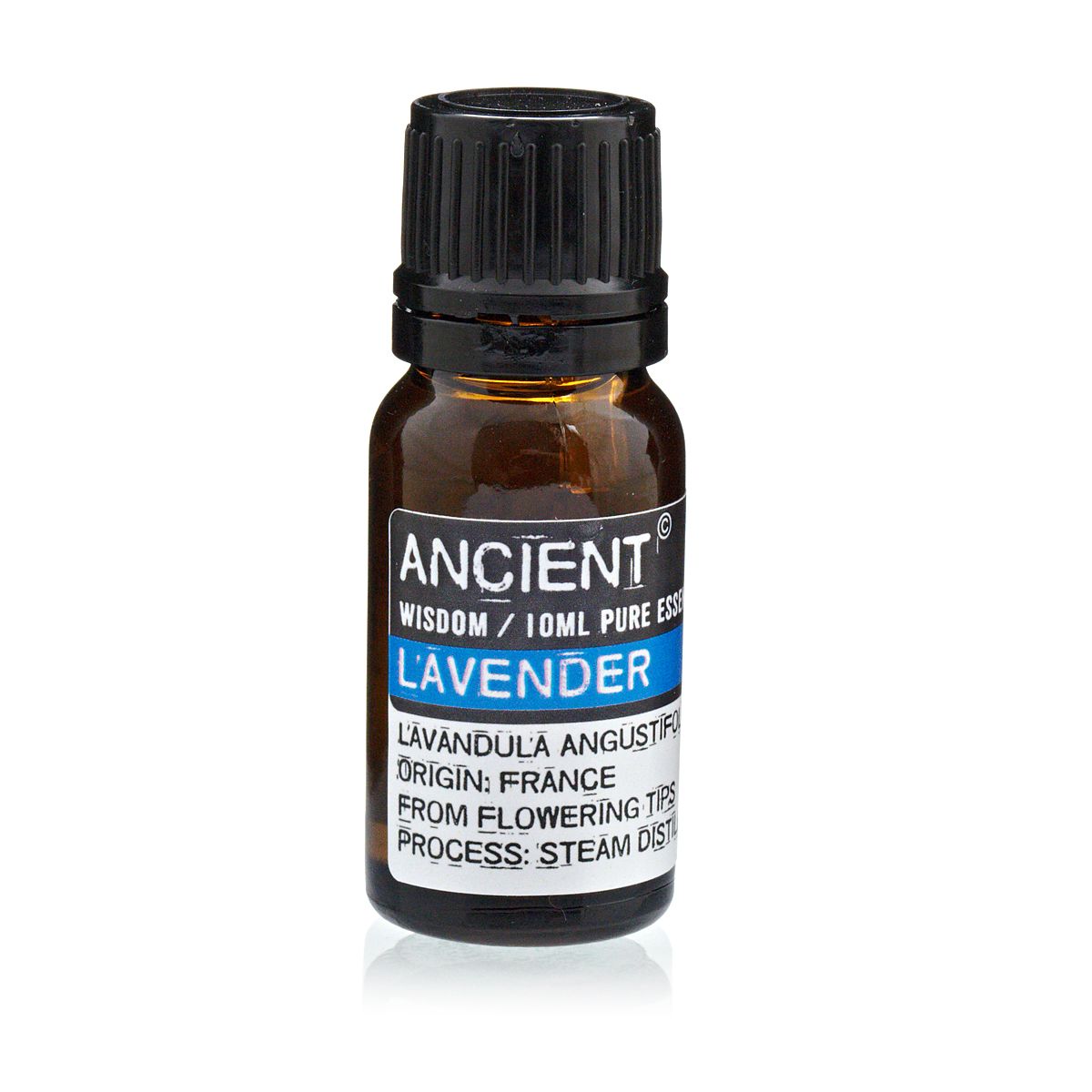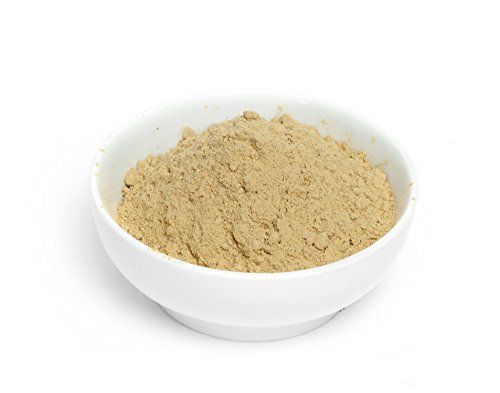
Scientific interest in the profound connection between spirituality and health is growing. Traditional healing practices across cultures have long recognized that spiritual and energetic disciplines can influence physical healing and emotional well-being. Modern research now confirms that spiritual practices—such as prayer, meditation, crystals, and sound therapy—can positively impact the body’s ability to recover from illness, reduce stress, and promote holistic health.
In this article, we explore the evidence behind these practices and their role in health and healing, tracing their roots in ancient traditions and their evolving role in contemporary medicine.
The Origins of Spiritual and Traditional Healing Practices
Humankind’s relationship with natural elements and spiritual discipline is as old as history itself. Traditional healing systems—including Ayurveda from India, Traditional Chinese Medicine (TCM), Native American medicine, and African spiritual practices—have long employed natural elements, prayer, meditation, and vibrational therapies to heal physical ailments and restore energetic balance.
Ancient Roots:
- Ayurveda: Utilizes herbal medicine, meditation, and ritual to balance mind and body (Sharma & Chandola, 2014).
- Chinese Medicine: Employs acupuncture, qi gong, and herbal remedies rooted in energetic balance and the flow of qi (Li, 2017).
- Native American Healing: Combines prayer, ceremonial sound, and natural elements to promote spiritual and physical well-being (Underhill, 2010).
These modalities recognize that health involves the harmonious flow of energy—prana, qi, or spiritual vitality—and that illness arises when this flow is blocked or imbalanced.
Scientific Evidence Supporting Spiritual Practices in Healing
Modern science has begun to validate the health benefits associated with spiritual disciplines by examining their effects on stress, immune function, and psychological resilience.
Meditation and Mindfulness: Stress Reduction and Cellular Repair
-
Research Evidence:
A seminal study by Davidson et al. (2003) published in Psychosomatic Medicine demonstrated that mindfulness meditation increases activity in brain regions associated with positive emotions and can lower inflammatory markers. This reduction in chronic inflammation is crucial because inflammation contributes to various diseases, including cardiovascular disease and autoimmune disorders. -
Health Benefits:
Meditation activates the parasympathetic nervous system, reducing cortisol levels, which dampens inflammation and boosts immune responses (Black & Slavich, 2016). It has also been shown to improve sleep quality and mental clarity—both vital for healing (Ospina et al., 2007).
Prayer and Faith: Stress Relief and Emotional Support
-
Research Evidence:
A review by Koenig (2012) in The International Journal of Psychiatry in Medicine highlights that prayer can foster relaxation, reduce stress, and improve emotional well-being. Engaging in prayer provides a sense of hope, connectedness, and purpose, which are important for recovery. -
Health Benefits:
Reduced stress from prayer correlates with lower cortisol levels, improved immune function, and better treatment outcomes. A study by Kennedy et al. (2014) reported that cancer patients who practiced prayer experienced less anxiety and a greater sense of peace.
Crystals and Vibrational Healing: Mind-Body Relaxation
-
Scientific Perspective:
While rigorous scientific evidence for crystals is limited, research indicates that focusing attention and intention on crystals can promote relaxation and mental calmness, functioning similarly to mindfulness practices. The placebo effect and the relaxation response are key contributors (Greeson et al., 2002). -
Health Benefits:
Crystals may facilitate emotional balance and reduce anxiety, indirectly supporting physical healing by lowering stress-related immune suppression.
Sound Therapy: Vibrations for Stress Reduction and Energy Balance
-
Research Evidence:
A 2017 study by Chasen et al. published in The Journal of Evidence-Based Complementary & Alternative Medicine found that sound meditation (singing bowls, gong baths, tuning forks) significantly lowered cortisol and blood pressure, indicating reduced stress levels. -
Healing Mechanisms:
Sound therapy’s vibrational frequencies entrain brain waves, induce deep relaxation, and promote energetic harmony. These effects support immune function, reduce pain, and foster mental clarity.
How Do These Practices Support Disease Healing?
Research indicates that spiritual practices influence the body’s healing processes by modulating stress responses, strengthening immune function, and restoring energetic balance. When incorporated into health routines, these practices can create a profound shift in how the body responds to illness.
-
Reducing Chronic Stress: Prolonged stress elevates cortisol and inflammatory cytokines, which impair immune function and accelerate disease progression. Meditation, prayer, and sound therapy activate the parasympathetic nervous system—often called the “rest and digest” response—leading to reduced cortisol levels, lowered inflammation, and enhanced immune surveillance (Black & Slavich, 2016; Chasen et al., 2017).
-
Enhancing Psychological Resilience: Hope, faith, and emotional stability—cultivated through prayer and meditation—are linked to better health outcomes. Having a sense of purpose and spiritual connection promotes resilience, which is essential for overcoming chronic illnesses and post-treatment recovery (Koenig, 2012).
-
Supporting Cellular and Systemic Repair: Relaxation responses promote cellular repair and regeneration. For example, improved sleep quality from meditation and prayer enables better tissue healing, detoxification, and immune responses. Some evidence suggests that spiritual practices can influence gene expression related to inflammation and healing pathways (Black & Slavich, 2016).
-
Balancing Energy Fields: Although scientific validation is limited, many systems believe that crystals and sound therapy help harmonize the body's energy centers, increasing energetic flow and reducing blockages that can lead to disease.
Final Thoughts: Integrating Spirituality and Conventional Medicine
While spiritual practices are not substitutes for medical treatment, they can serve as powerful complementary tools. Incorporating meditation, prayer, sound therapy, and intention-focused practices can help create a supportive environment for healing, reduce stress, and improve quality of life.
The Bottom Line:
Modern research increasingly confirms what many traditional healing systems have maintained for centuries—that mind, body, and spirit are interconnected. Addressing emotional and energetic aspects through spiritual practices can accelerate healing, enhance resilience, and promote holistic well-being.
Disclaimer:
Always consult healthcare professionals regarding medical treatment and before starting new spiritual or alternative therapies, especially during critical illness or treatment.
By embracing the healing potential of spiritual practices, we open a pathway to foster resilience, reduce suffering, and support the body’s innate ability to recover and thrive.










